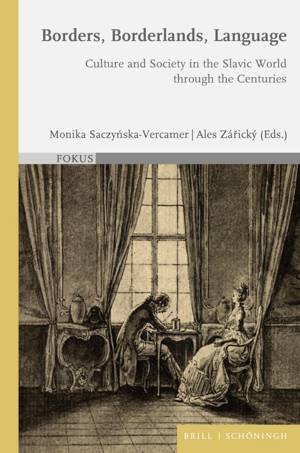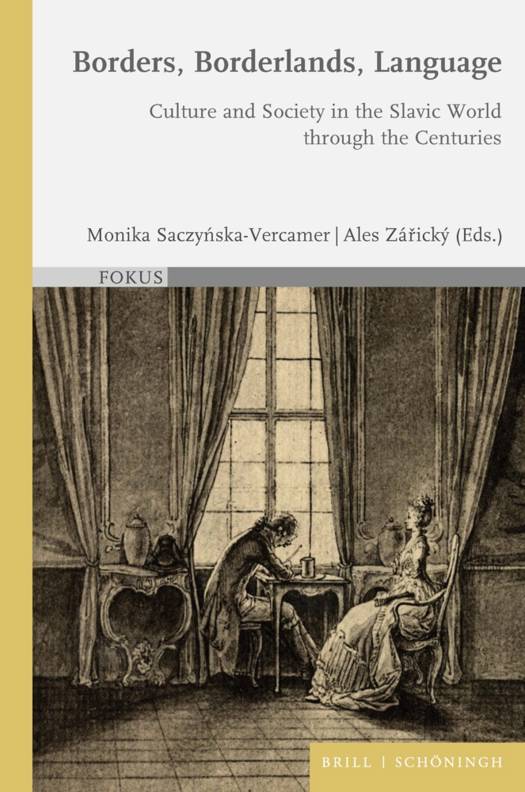
- Afhalen na 1 uur in een winkel met voorraad
- Gratis thuislevering in België vanaf € 30
- Ruim aanbod met 7 miljoen producten
- Afhalen na 1 uur in een winkel met voorraad
- Gratis thuislevering in België vanaf € 30
- Ruim aanbod met 7 miljoen producten
Zoeken
Borders, Borderlands, Language
Culture and Society in the Slavic World through the Centuries
€ 116,45
+ 232 punten
Omschrijving
This collection of studies is devoted to the social role of language in the history of East Central Europe from the Middle Ages to the beginning of the 20th century. The authors examine the specificity of East Central Europe, an area that was a borderland between 'West' and 'East'. The region was largely inhabited by Slavic people, which gave it the character - and sometimes the name - of a Slavic world, but it was also home to non-Slavic ethnic groups (Germans, Hungarians, Jews). Various cultures, traditions, religions, faiths reinforced by social and economic divisions, as well as changing political borders over the centuries, created a complex picture of human relations. The authors set out to understand the history of East Central Europe through language - or rather co-existing languages - and the role they played at different levels of communication and in different systems of human relations (social, economic and political).
Specificaties
Betrokkenen
- Uitgeverij:
Inhoud
- Aantal bladzijden:
- 300
- Taal:
- Engels
- Reeks:
- Reeksnummer:
- nr. 18
Eigenschappen
- Productcode (EAN):
- 9783506797742
- Verschijningsdatum:
- 15/02/2026
- Uitvoering:
- Hardcover
- Afmetingen:
- 155 mm x 235 mm

Alleen bij Standaard Boekhandel
+ 232 punten op je klantenkaart van Standaard Boekhandel
Beoordelingen
We publiceren alleen reviews die voldoen aan de voorwaarden voor reviews. Bekijk onze voorwaarden voor reviews.







